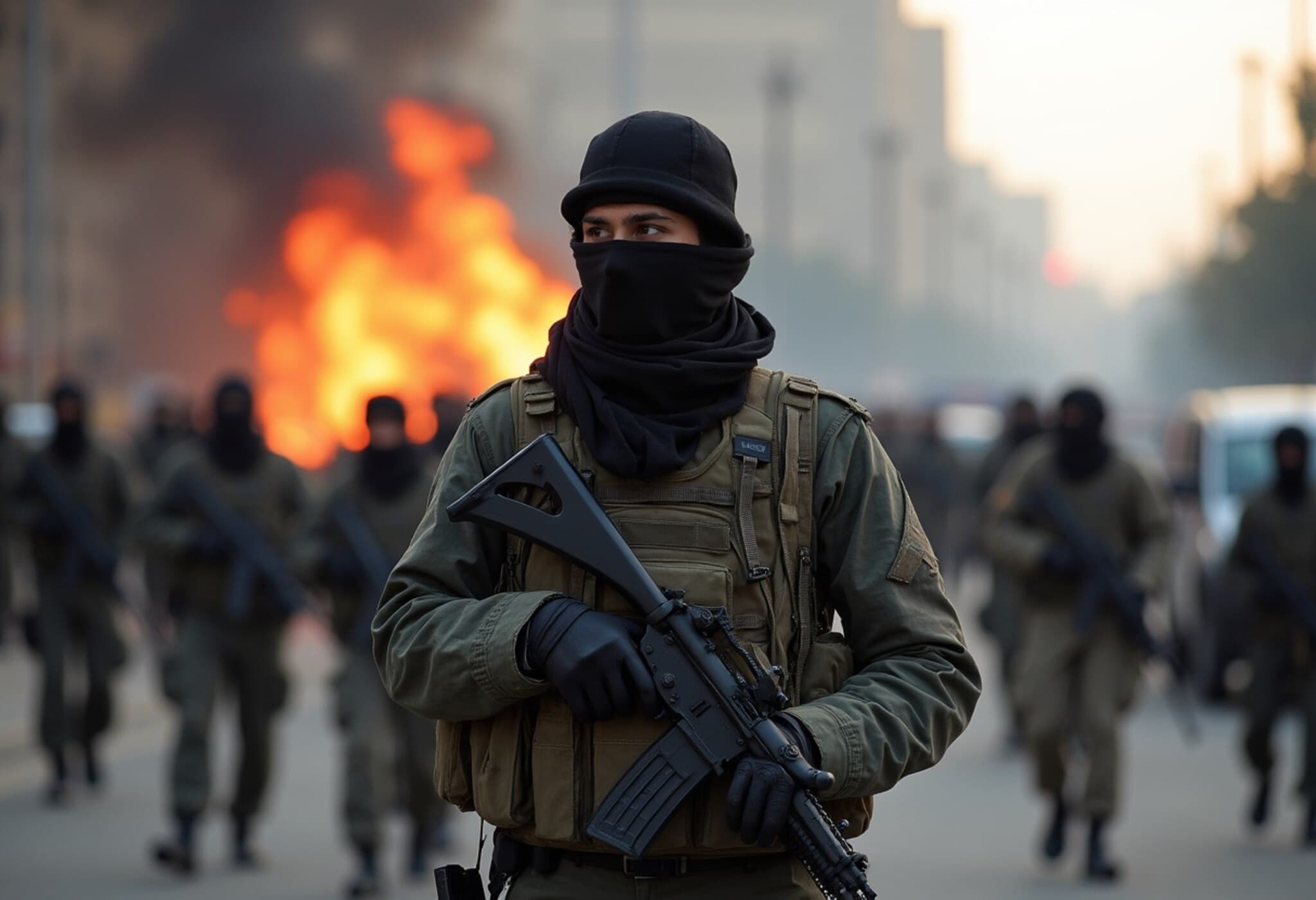Deadly Assault Targets Judiciary Building in Southeastern Iran
In a tragic escalation of violence, a coordinated terrorist attack struck a judiciary centre in Zahedan, the capital of Iran’s Sistan-Baluchistan province, on Saturday, resulting in the deaths of eight individuals—including five civilians—and leaving thirteen others injured. Iranian security forces conducted swift retaliation, killing the three assailants involved in the assault, according to state media reports.
Details of the Incident
The attack unfolded when gunmen, disguised as visitors to the judicial complex, opened fire on the premises. Alireza Daliri, deputy police commander of the province, confirmed this deceptive tactic, underscoring the attackers’ deliberate intent to breach security unnoticed. The swift response from security forces prevented further casualties.
Perpetrators and Context
Responsibility for this brazen attack was claimed by Jaish al-Adl ("Army of Justice"), a Baloch militant group with a presence across the Pakistan-Iran border. Known for sustained insurgency efforts in the region, Jaish al-Adl’s activities highlight the ongoing volatility in Sistan-Baluchistan, a province burdened by ethnic tensions, socio-economic deprivation, and cross-border insurgency.
Expert Insight: Regional Security and Broader Implications
This latest assault underscores the fragile security environment in southeastern Iran. Experts suggest that such terrorist attacks are symptomatic of deeper grievances among the Baloch minority and indicate the challenges Tehran faces in securing its borders against militant actors operating with external support. The incident also raises critical questions about counterterrorism strategies and the balance between military action and addressing underlying socio-political issues.
What This Means for Iran’s Internal Stability
- Ethnic and Sectarian Dynamics: The violence draws attention to the precarious relationship between Iran’s central government and its ethnically diverse regions.
- Cross-Border Security: The group’s Pakistan base exemplifies the porous borders complicating security efforts.
- Judiciary as a Target: Striking a symbol of state law reflects militants’ intent to undermine the rule of law and instill fear.
Looking Ahead: The Challenge for Policymakers
As Iran grapples with this resurgence of militant violence, policymakers inside and outside the country should consider multifaceted approaches that combine firm security measures with community engagement and economic development. Without addressing systemic marginalization and cross-border cooperation, future attacks may persist, deepening instability in an already volatile region.
Editor's Note
This deadly attack on Zahedan’s judiciary centre is more than an isolated act of violence; it reveals entrenched regional complexities that often escape global headlines. Moving forward, how Iran and its neighbors handle security, governance, and ethnic grievances will be critical in shaping the future peace of southeastern Iran. Observers should watch closely the unfolding government response and international diplomatic maneuvers, which will be pivotal in curbing such insurgencies.











